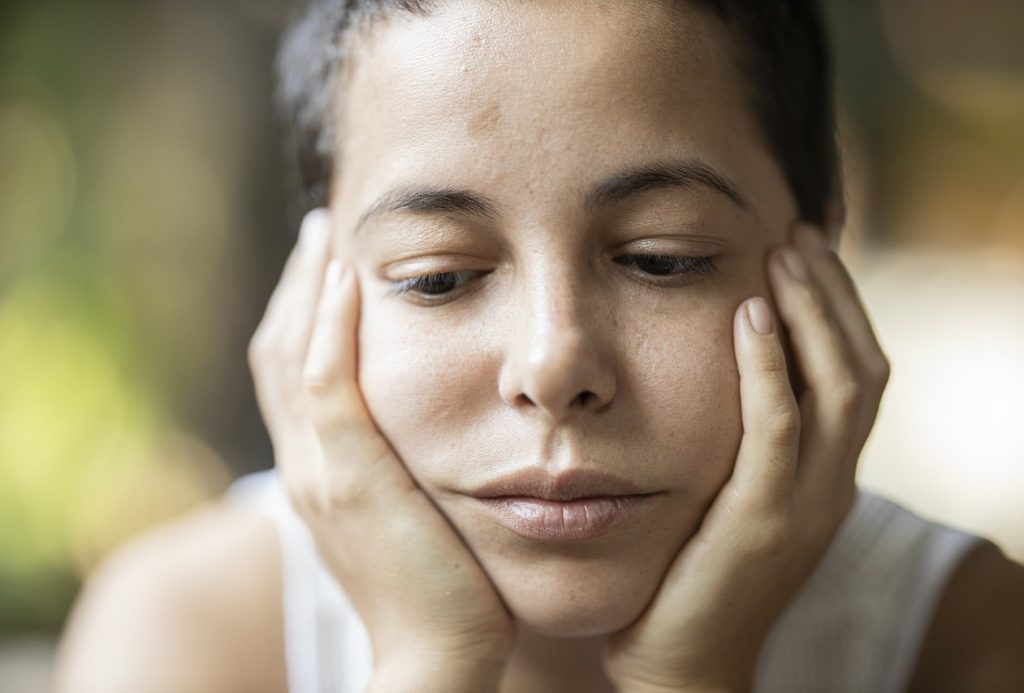Depression and sadness are often used interchangeably, but it is crucial to understand that they differ in terms of intensity, duration, and impact on daily functioning. While sadness is a normal human emotion that everyone experiences from time to time, depression is a persistent mental health disorder that requires professional attention.
Understanding Depression
Depression is a clinical condition characterized by a pervasive feeling of sadness, hopelessness, and a loss of interest in activities. It negatively affects a person’s thoughts, feelings, and behaviors, impairing their ability to function and enjoy life. Depression can occur in various forms, such as major depressive disorder, persistent depressive disorder, postpartum depression, and seasonal affective disorder.
Individuals suffering from depression often experience an overwhelming sense of sadness, lack of energy, changes in appetite and sleep patterns, decreased concentration, and sometimes even thoughts of self-harm. Depression can affect people of all ages, genders, and backgrounds, making it a global mental health concern.
Understanding Sadness
Sadness is a temporary emotional state that is triggered by specific events or circumstances, such as the loss of a loved one, a breakup, or personal disappointments. While sadness is a normal response to life’s challenges, it usually subsides over time as individuals process their emotions and adapt to their new reality. Sadness is a natural part of the human experience and doesn’t typically interfere with daily functioning.
Unlike depression, sadness is often accompanied by tears, but it is temporary and doesn’t necessarily require professional intervention. It is important to acknowledge and express sadness in a healthy way, as repressing emotions can have negative consequences on mental and physical well-being.
Combatting Depression and Sadness
While depression and sadness are distinct experiences, there are several strategies to combat both and promote mental well-being.
1. Seeking Professional Help
If you or someone you know is experiencing symptoms of depression, seeking professional help from a licensed therapist or psychiatrist is crucial. These mental health professionals can diagnose the condition and provide appropriate treatment options, such as therapy, medication, or a combination of both.
2. Building a Support Network
Developing a strong support network is beneficial for combating depression and sadness. Surrounding yourself with caring and understanding family members, friends, or support groups can provide emotional support, empathy, and guidance during challenging times.
3. Engaging in Physical Activity
Regular physical exercise has been proven to boost mood and reduce symptoms of depression. Engaging in activities such as yoga, running, or team sports can release endorphins, which are natural mood enhancers. Incorporating exercise into your daily routine can significantly improve overall mental health and well-being.
4. Practicing Self-Care
Self-care activities, such as taking time for relaxation, engaging in hobbies, and practicing mindfulness or meditation, can be beneficial in combating depression and sadness. Prioritizing self-care allows for stress reduction and fosters a healthier mindset.
5. Adhering to a Healthy Lifestyle
Avoiding unhealthy coping mechanisms, such as excessive alcohol or drug use, and adopting a balanced diet can contribute positively to mental well-being. Proper nutrition and a good night’s sleep can help regulate mood and provide a solid foundation for overall mental health.
6. Educating Yourself and Raising Awareness
Learning more about depression, sadness, and mental health in general is essential for combating stigma and fostering a supportive society. By educating ourselves and others, we can break down barriers and create environments that are understanding and empathetic towards those struggling with these conditions.
Conclusion
While sadness is a normal part of the human experience, depression requires professional intervention and ongoing treatment. Understanding the difference between these two emotional states is crucial to ensure appropriate support is provided. By seeking professional help, building a support network, engaging in physical activity, practicing self-care, adhering to a healthy lifestyle, and educating ourselves, we can combat depression and sadness, promoting mental well-being for ourselves and others.

